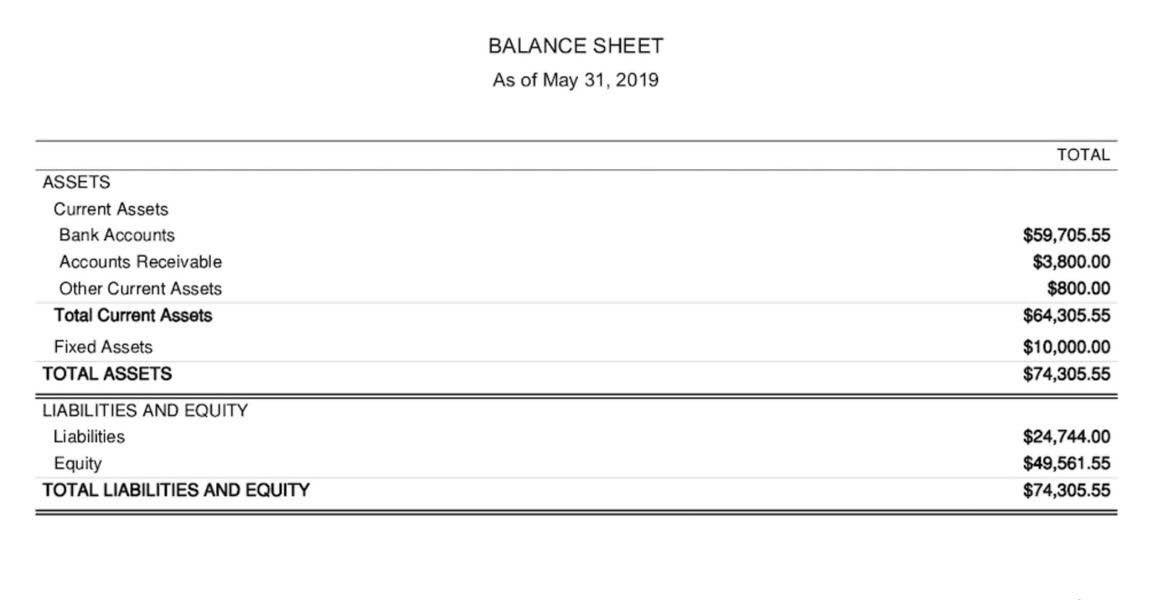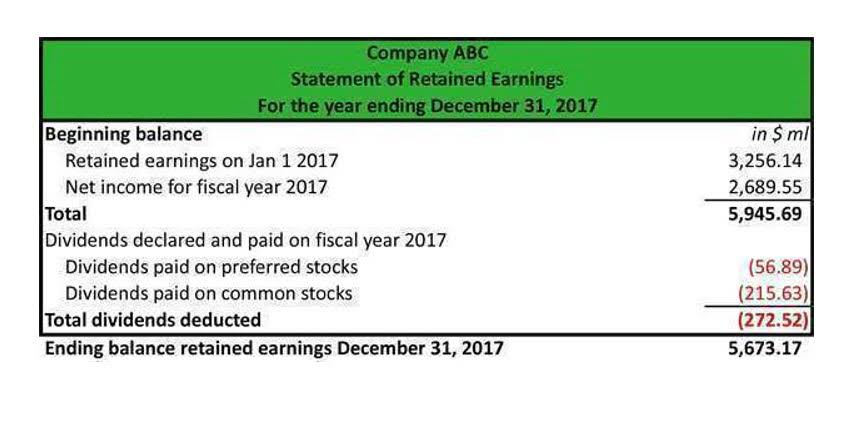
One of the most effective methods to mitigate ACH risk is using AI-powered ACH risk platforms to better understand the risk of ACH returns. Plaid’s Signal platform works in real-time to indicate the risk of bank and customer-initiated returns and flag high-risk ACH transactions before they are processed. The difference between customer-initiated returns and bank-initiated returns is who sends the ach return charge return.
How merchants can grow using GETTRX’s PayFac-as-a-Service
The issuer bases the charge on the type of business and the risk of each transaction. The account fee covers the myriad of services offered to maintain a payment processing account. These services may include recording the monthly statement, performing system maintenance, monitoring transactions, and compliance fees. Typically this fee is collected by your processor or service provider. ACH returns are initiated by the receiving bank after a failed transaction. If a transaction is returned due to insufficient funds, banks may charge a Law Firm Accounts Receivable Management Non-Sufficient Funds (NSF) fee, which can add to business expenses.

How Much Should You Pay in ACH Fees?

Unicorn Group is a top-tier online payment platform and payment gateway services provider based in Switzerland providing innovative online payment solutions for Swiss merchants. By following these best practices, you should stand a better chance in managing and minimizing ACH returns, helping you save time and money. It’s not the same as a payment reversal, which occurs after a transaction has settled.
What Are ACH Return Charges?
You’ll also learn best practices, which will both teach you to avoid generating returns and to effectively handle returns timely. Your focused attention will be rewarded with an upskilling, which allows you to lead in your organization. You simply cannot overlook the major benefits of using ACH processing for your business. Not only does the practice reduce time and costs, but it is also less expensive than accepting credit card payments. When you offer this additional advantage to customers, you build a better reputation professionally and, eventually, increase your bottom line.
- However, ACH does not guarantee instantaneously settled transactions, though they did introduce same-day processing in 2016.
- Be sure to document each step, and look out for any fees that may be charged due to the return.
- The ACH Network serves as a reliable system for businesses to facilitate digital bank transfers seamlessly.
- By following these best practices, you should stand a better chance in managing and minimizing ACH returns, helping you save time and money.
- In accordance with NACHA, the RDFI and ODFI are responsible for handling the resolution of these returns.
There are different timeframes for the ACH return to process, depending on the return code. For the majority of ACH return codes, the processing time is two business days. To give an example, if you send an ACH payment request to an invalid bank account, you can expect the funds to be returned within two business days. ACH transfers are a go-to option for businesses because retained earnings balance sheet they’re fast, efficient, and cost-effective.

How is an ACH Payment Handled in Case of a Return?

The fee amount usually ranges between $2 and $5, and is paid by the customer. Automated Clearing House (ACH) payments are one of the easiest ways to receive money as an eCommerce merchant or vendor. But without the right payment verification and fraud detection measures in place, failed transactions can cause a lot of frustration.


